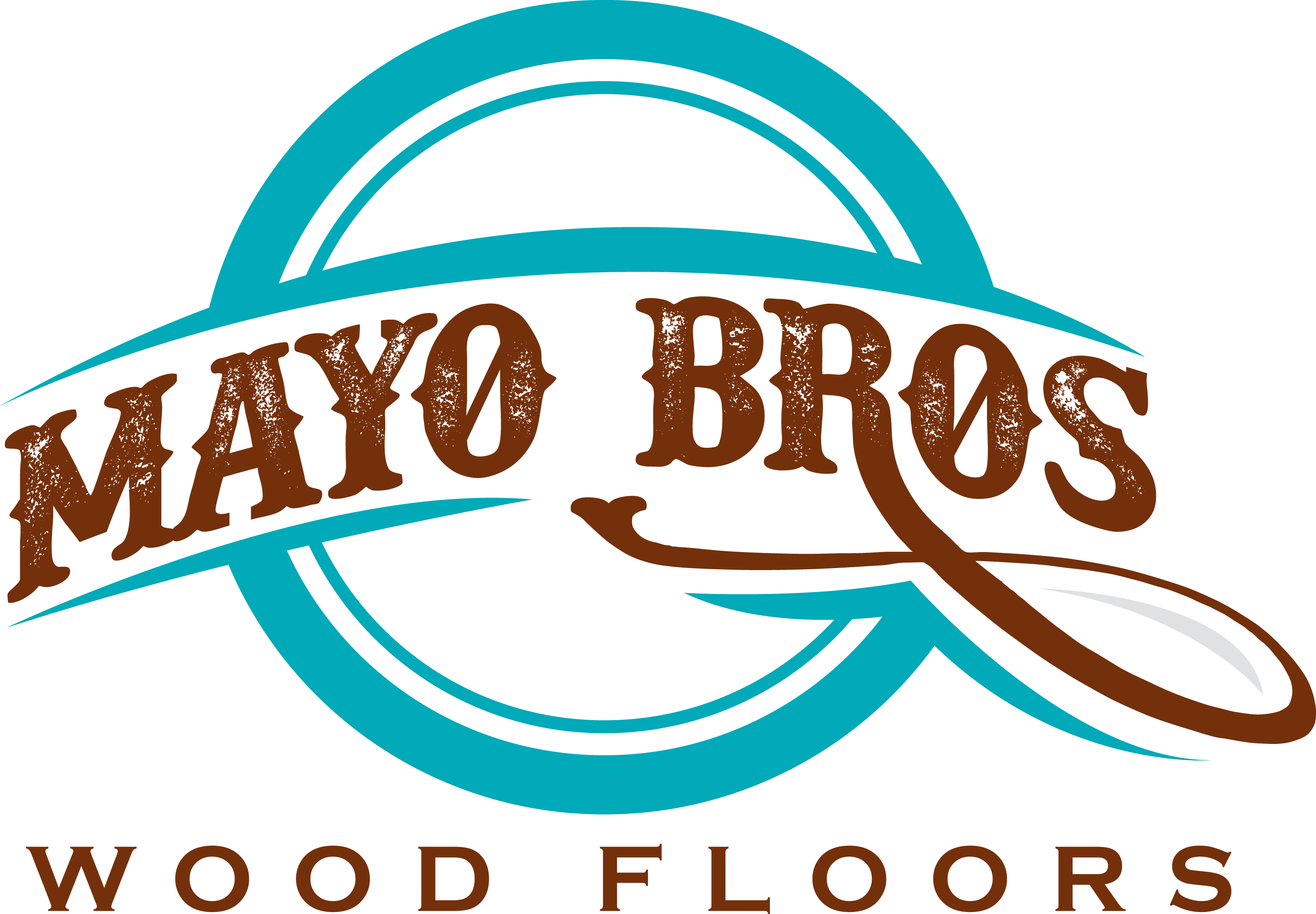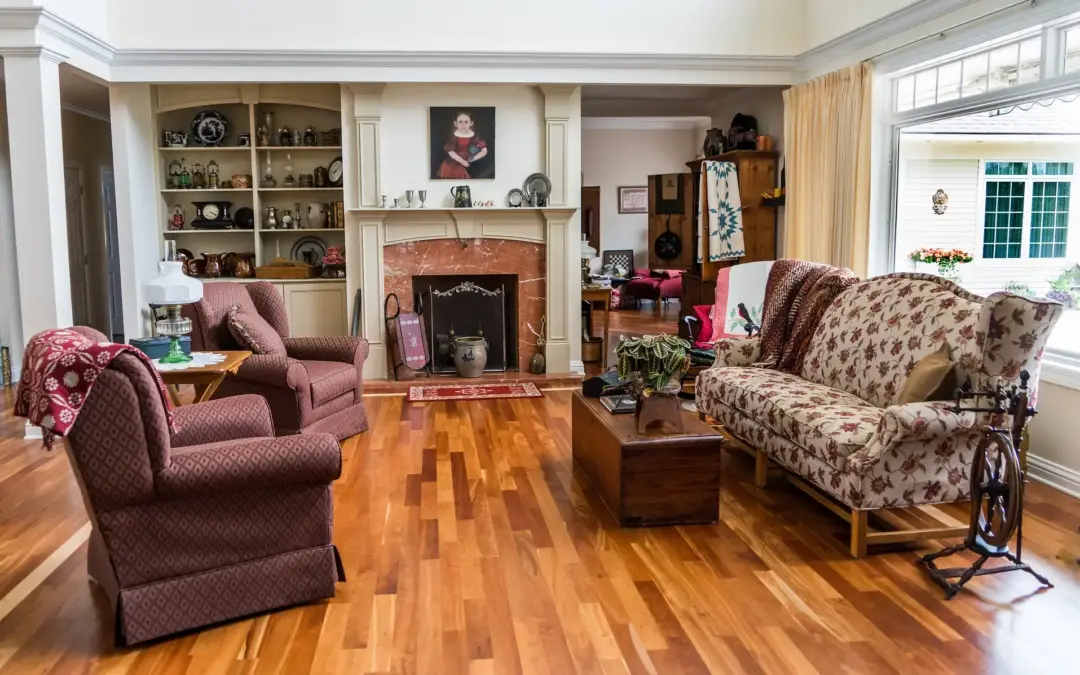Wood flooring is a popular choice for many homeowners and commercial spaces due to its natural beauty, durability, and longevity. Wood flooring adds warmth, character, and value to any space, making it an excellent investment for your property. However, with so many types of wood flooring to choose from, it can be difficult to know where to start. In this article, we will cover the basics of the most popular types of wood flooring, their pros and cons, and the factors to consider when choosing the right wood flooring for your space.
Solid Wood Flooring
Solid wood flooring is a traditional and luxurious option that has been used for centuries. As the name suggests, solid wood flooring is made of solid wood, usually in plank form, with a thickness of ¾ inch or more. The most common species of wood used for solid wood flooring are oak, maple, hickory, and cherry.
Types of Solid Wood Flooring
There are two main types of solid wood flooring: unfinished and pre-finished. Unfinished solid wood flooring is sanded and finished on-site after installation, allowing for customization of the finish and color. Pre-finished solid wood flooring is factory-finished, with a protective coating already applied, making it quicker and easier to install.
Pros and Cons of Solid Wood Flooring
Pros:
- Durable and long-lasting
- Adds value and beauty to your space
- Can be sanded and refinished multiple times
- Wide range of wood species, colors, and finishes are available
Cons:
- Expensive compared to other wood flooring options
- Not suitable for areas with high moisture or humidity levels
- Can be prone to scratches and dents
- Engineered Wood Flooring
Engineered wood flooring is a popular alternative to solid wood flooring, offering the same look and feel at a lower cost. Engineered wood flooring is made of several layers of wood veneer, with a thin layer of solid wood on top, ranging from 1/16 inch to 1/8 inch. The layers are glued together, creating a stable and durable flooring option.
Types of Engineered Wood Flooring
There are several types of engineered wood flooring, including:
- Plywood Core: Made of layers of plywood with a solid wood top layer.
- High-Density Fiberboard (HDF) Core: Made of compressed wood fibers with a solid wood top layer.
- Cross-ply Construction: Made of alternating layers of wood with a solid wood top layer.
Pros and Cons of Engineered Wood Flooring
Pros:
- More affordable than solid wood flooring
- Suitable for areas with high moisture or humidity levels
- Wide range of wood species, colors, and finishes are available
- Easy to install with click-lock or tongue-and-groove systems
Cons:
- The thinner top layer can limit the number of times it can be sanded and refinished
- Some engineered wood flooring may contain formaldehyde or other chemicals, so be sure to choose a low-VOC option
- May not add as much value to your property as solid wood flooring
Laminate Wood Flooring
Laminate wood flooring is a synthetic flooring option that mimics the look of wood flooring. It is made of a high-density fiberboard core with a photographic layer of wood grain, topped with a clear protective layer. Laminate wood flooring is a popular choice for those on a budget, looking for a low-maintenance and easy-to-install option.
Pros and Cons of Laminate Wood Flooring
Pros:
- An affordable option for those on a budget
- Durable and resistant to scratches and dents
- Easy to clean and maintain
Cons:
- May not add as much value to your property as real wood flooring
- Not suitable for areas with high moisture or humidity levels
- Cannot be sanded or refinished
Bamboo Wood Flooring
Bamboo wood flooring is a sustainable and eco-friendly option made from bamboo grass, which grows much faster than traditional hardwoods. It is available in both solid and engineered options, with a similar look and feel to hardwood flooring.
Pros and Cons of Bamboo Wood Flooring
Pros:
- Sustainable and eco-friendly option
- Harder and more durable than many hardwood species
- Resistant to moisture and insects
Cons:
- May not add as much value to your property as traditional hardwood flooring
- Some bamboo flooring may contain formaldehyde or other chemicals, so be sure to choose a low-VOC option
- Can be prone to scratches and dents
Cork Wood Flooring
Cork wood flooring is a unique and eco-friendly option made from the bark of cork trees. It has a distinctive look and texture, with natural cushioning and sound-absorbing properties.
Pros and Cons of Cork Wood Flooring
Pros:
- Sustainable and eco-friendly option
- Soft and cushioned underfoot
- Naturally resistant to mold and mildew
Cons:
- May not be as durable as other wood flooring options
- Can be prone to scratches and dents
- Not suitable for areas with high moisture or humidity levels
Reclaimed Wood Flooring
Reclaimed wood flooring is a popular option for those looking for a rustic and unique look. It is made from salvaged wood from old buildings, barns, or other sources, giving it a character and history that cannot be replicated.
Pros and Cons of Reclaimed Wood Flooring
Pros:
- Unique and one-of-a-kind look
- An eco-friendly option that repurposes old wood
- Durable and long-lasting
Cons:
- Limited availability and may be more expensive than other wood flooring options
- Can be prone to wear and tear due to the age of the wood
- May require extra care and maintenance to preserve its character
Conclusion
Wood flooring is a timeless and classic option that adds beauty, warmth, and value to any space. With so many types of wood flooring available, it can be overwhelming to choose the perfect option for your needs. Consider factors such as your budget, the level of durability needed, and the moisture and humidity levels in your space when making your decision. We hope this guide has provided a helpful overview of the most popular types of wood flooring, their pros and cons, and what to consider when choosing the right option for your space.
FAQs
- What is the most durable type of wood flooring? The most durable type of wood flooring is typically solid hardwood flooring, as it can be sanded and refinished multiple times over its lifespan. However, certain engineered wood flooring options with a thick top layer may also be very durable.
- Can wood flooring be installed in a bathroom? While wood flooring can technically be installed in a bathroom, it is not recommended due to the high moisture levels and risk of water damage. Consider other flooring options such as tile or vinyl for your bathroom.
- What is the difference between solid and engineered wood flooring? Solid wood flooring is made from one solid piece of hardwood, while engineered wood flooring is made up of multiple layers of wood and a top layer of hardwood veneer. Solid wood flooring can be sanded and refinished multiple times, while engineered wood flooring may have a more limited number of times it can be sanded and refinished.
- Is bamboo flooring a good option for high-traffic areas? Bamboo flooring can be a good option for high-traffic areas, as it is often harder and more durable than many traditional hardwood species. However, it is still prone to scratches and dents, so be sure to choose a high-quality option and take proper care of your flooring.
- How do I maintain and care for my wood flooring? To maintain and care for your wood flooring, be sure to regularly sweep or vacuum to remove dirt and debris. Use a damp mop with a gentle cleaner specifically designed for wood flooring to clean up spills and stains. Avoid using harsh chemicals or abrasive cleaners, as these can damage your flooring. Additionally, be sure to protect your flooring from excessive moisture and direct sunlight, and consider using felt pads under furniture to prevent scratches and dents.
Need Help? Contact Mayo Bros for a free estimate today! Call 918-810-4844 or contact us here https://mayobros.com/contact/

